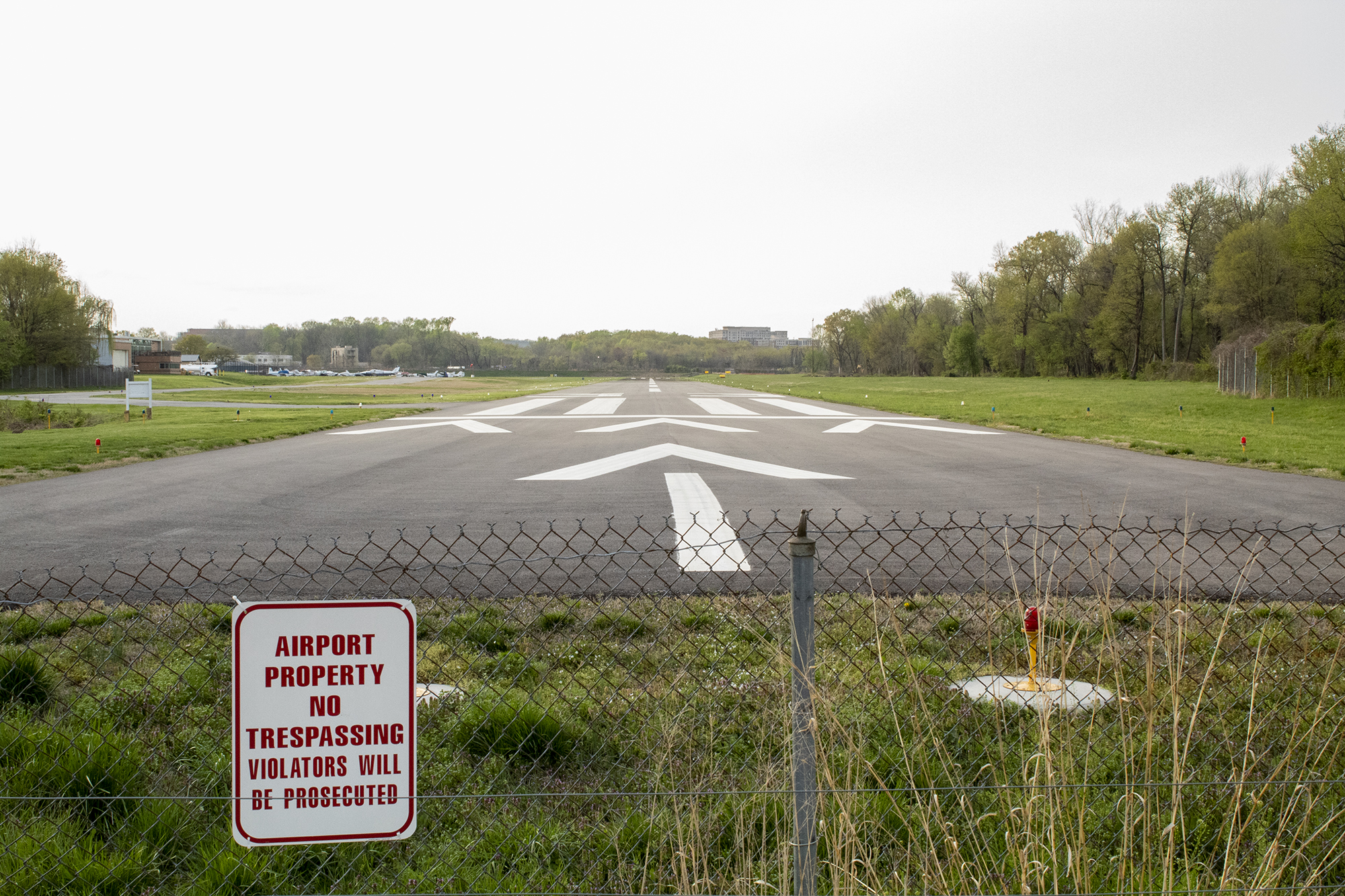The United States Environmental Protection Agency announced Wednesday that emissions from leaded fuel aviation fuel cause or contribute to air pollution, leaving the College Park Airport subject to regulation.
With its endangerment finding this week, the EPA is obligated under the Clean Air Act to propose and promote regulatory standards for lead emissions from aircraft engines. The College Park Airport, located less than one mile from Paint Branch Elementary School in a densely populated area of Prince George’s County, burns and sells leaded fuel.
“With the airport being publicly owned and publicly supported, we definitely would like to see them review this ruling and work diligently to act in good faith,” District 3 council member Stuart Adams, whose district includes the airport, said.
The EPA’s endangerment finding means that the Federal Aviation Administration must develop standards that control or eliminate aircraft lead emissions. Both agencies have already started considering regulatory options to address lead emissions from aircraft engines and will announce timelines as soon as possible, according to the EPA’s news release.
[College Park Airport burned 14.1 pounds of lead in 2020, a mile from local elementary school]
The College Park Airport has less leaded fuel activity than most small-plane airports. In 2020, the airport emitted 14.1 pounds of lead, a slight decrease from 15.78 pounds of lead emissions in 2017.
The College Park Airport will follow FAA guidelines and be ready to convert when the “industry has the ability to support,” College Park Airport manager Lee Sommer said in a statement to The Diamondback.
In an interview in September, Sommer told The Diamondback when new lead emissions guidelines are released, the airport will comply quickly.
“The science is clear: exposure to lead can cause irreversible and life-long health effects in children,” EPA Administrator Michael Regan said in a Wednesday news release. “Aircraft that use leaded fuel are the dominant source of lead emissions in our air.”
Airborne lead levels in the U.S. have declined 99 percent since 1980, but emissions from aircraft that operate on leaded fuel may still pose risks to nearby communities. Roughly 13,000 aviation airports in the U.S. release 468 tons of lead into the atmosphere every year, according to the EPA.
Earlier this year, the FAA and aviation and energy industries announced the Eliminate Aviation Gasoline Lead Emissions initiative, an effort to transition piston-engine aircraft to unleaded fuel by 2030.



